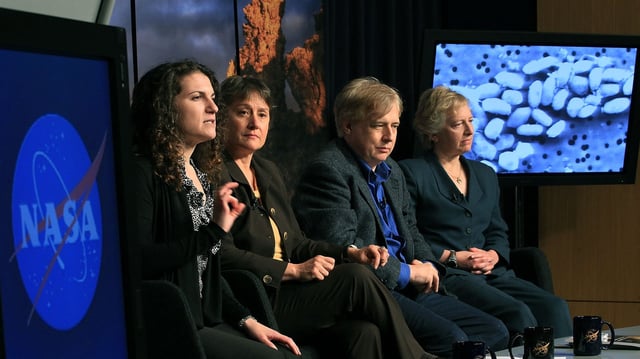Overview
- The retraction notice, issued July 24, states that the paper’s experiments do not support its central claim and emphasizes that no deliberate fraud occurred.
- Technical critiques in 2011 and two 2012 follow-up studies had already shown that GFAJ-1 likely relied on phosphate contamination rather than incorporating arsenic into its biomolecules.
- Felisa Wolfe-Simon and her co-authors submitted a protest letter arguing that questions of data interpretation should be resolved through scientific discourse rather than journal retractions.
- Prominent critics such as microbiologist Rosie Redfield and geneticist Leonid Kruglyak praised the move for clearing the literature of a widely discredited finding.
- Chemist Steven Benner countered that retracting nonfraudulent but flawed research risks making journals act as gatekeepers rather than relying on the self-correcting nature of science.



